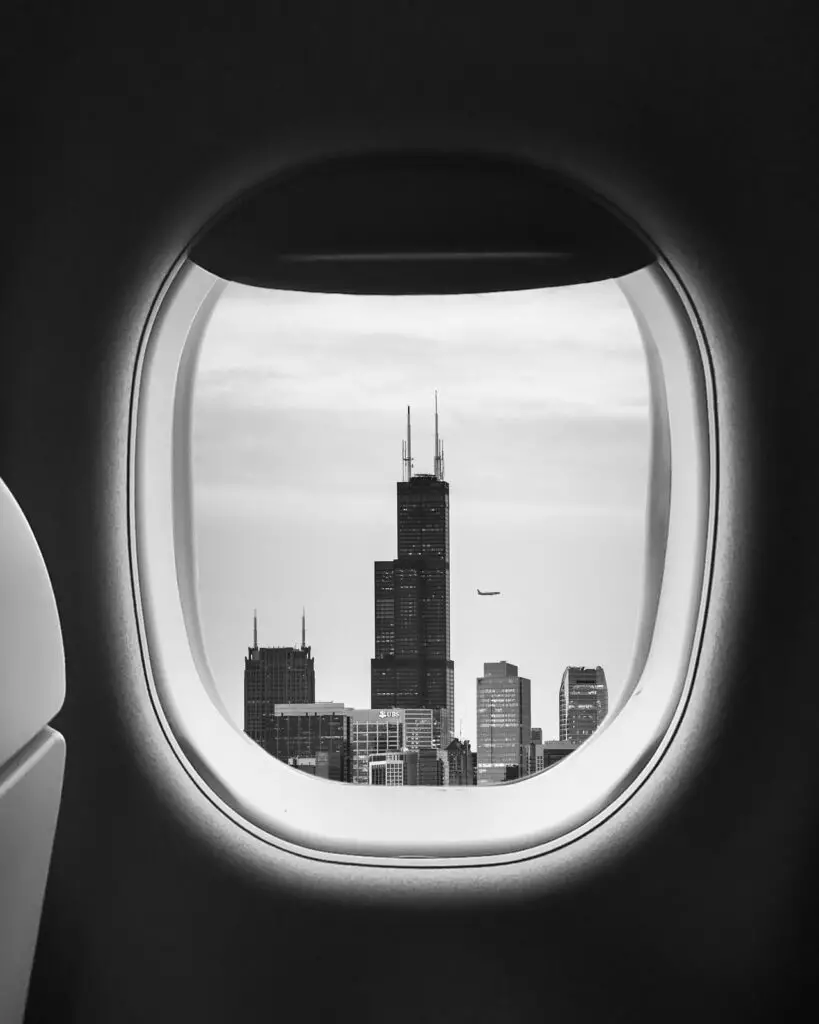We hope you like the products we recommend! Just so you know this post contains affiliate links and I will be compensated if you make a purchase after clicking our links.
Cats have incredibly expressive ears.
They can lift, flatten, and turn each one in response to what they’re seeing, hearing or experiencing at that time. It’s easy to imagine that cats have better hearing than humans, but you might be surprised to know that cats are even better at hearing things than dogs are.
The stray that we adopted had big ears. She’s grown into them now but at one point she looked midway between Yoda and Batman. She was forever moving them, flicking them and scratching them. We eventually figured out she had ear mites and that led to a few weeks of wrapping her up in a towel like a burrito and squeezing medicine down her ears – you can imagine how fun that was.
I guess it meant that we paid more attention to how she’d turn her ears like a satellite dish in the direction of a noise. It makes perfect sense that a cat’s hearing
is so advanced: it keeps her alive and alert to danger and is an invaluable skill for hunting.
It got us wondering about what happens when you’re flying with cats and more specifically it got us to the question: do cats ears pop in high altitude? And what happens to a cat’s ears when they’re on an airplane?
Why Do Ears Pop at High Altitudes?
You may have experienced discomfort or ear popping on a flight during take-off and landing. It’s completely normal.
When we’re on the ground the air pressure inside our ear and the air pressure around us is pretty much equal.
When we take off in an aircraft the air pressure around us is thinner but the air pressure inside the ear remains the same.
The air in your inner ear increases which means your eardrums push outwards and this is where you begin to feel discomfort. The popping is the pressure re-balancing.
Swallowing, chewing or yawning are three of the more common ways to pop your ears and to re-balance the pressure and some airlines still hand out boiled candy before take-off and landing.
But do cats ears pop in high altitude or are they different?
Cats have ears that outwardly look very different to ours but internally they’re quite similar.
Yes, cat’s ears do pop in high altitude. A cat on an airplane will experience ear sensations like we do.
As with humans, it may be uncomfortable for them but it is unlikely to cause any problems or issues.
You can’t tell a cat to chew, swallow or yawn to alleviate the pressure but you might like to encourage them to eat a small snack when the plane is ascending or descending. Eating will encourage them to chew and swallow.
It should be a small snack and something quick and easy to put through the carrier because the seat-belt sign will still be on.
Some people give their cats a small sedative on the plane to keep them drowsy and calm but we wouldn’t recommend that unless it’s under specific guidance from a veterinarian. You don’t want to do anything that might inhibit respiratory function during a flight even when your cat is traveling the cabin if you can help it.
Related Posts
The Best Cat Carrier for Airline Travel
Traveling with Cats on an International Plane Ride
Is it safe for cats to be at high altitude?
It’s safe for cats to be at high altitude in an aircraft because the cabin or the cargo area will be pressurized. This means there’s enough breathable oxygen for them.
Snub nose breeds are at higher risk of experiencing respiratory distress and several airlines now ban those breeds from traveling in the aircraft hold following several fatalities.
It’s always safer to travel with your cat in the cabin of an aircraft but even that isn’t without risk for pets with underlying health issues.
If you’re thinking of taking your cat into the mountains, then you should be aware that cats can suffer from altitude sickness, too. Cats find it harder to adapt to high altitudes because they don’t do well when oxygen is scarce. One thing we found interesting was that this is the same for all cat breeds including snow leopards!
Of course, it depends how high you’re planning on going with your cats. None of us will walk up Kilimanjaro with a Maine Coon on a leash but if your cat has respiratory issues and you’re traveling in an RV, for example, it might just be worth paying attention to how high and how quickly you’re going up.
Whilst cats ears do pop in high altitude on an airplane it’s nothing to be overly concerned about.
As always, speak to your veterinarian if you have any concerns or worries about your cat’s health at high altitude.
